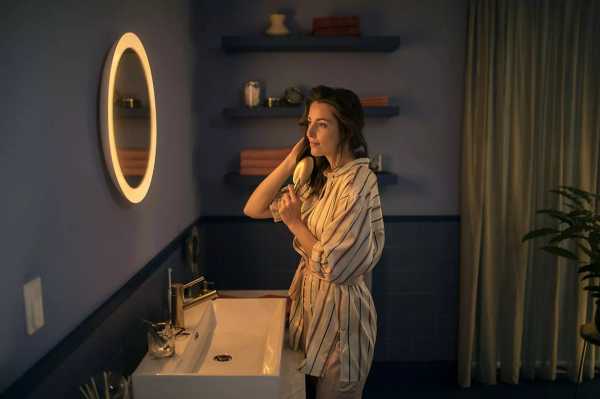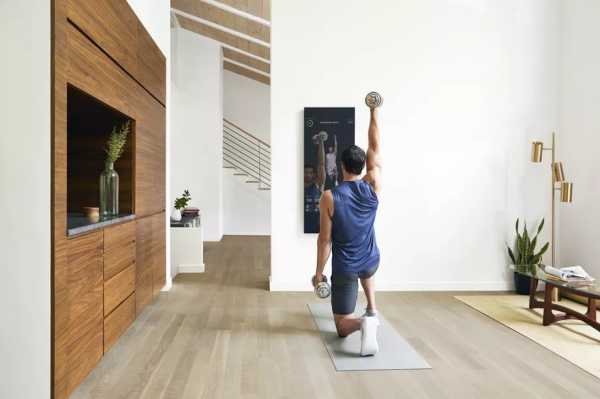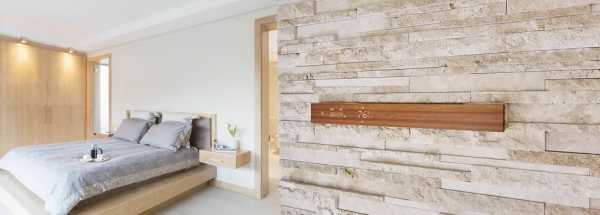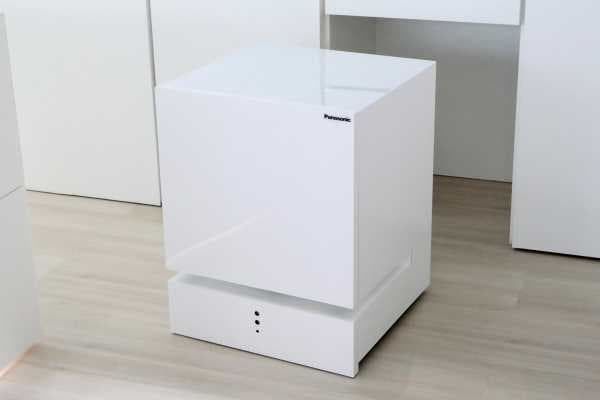

Maybe you’ve encountered the idea of the “smart home” and wondered if it’s for you.
We hear about it plenty, and Ori, a company that came out of an MIT-funded research project in 2014, is the one making headlines for it this week — asking us to ask ourselves if we can have this fantasy of a home that is smart. Ori’s robot furniture is not on sale until next year, but you ought to think about it in advance, and and next year, if you are ready for robot furniture, you can buy a “Pocket Closet,” which is a robotic cube full of hidden compartments, including a secret desk, and a “Cloud Bed,” which is a robotic bed that can Transformer itself into a coffee table and a couch.
Having watched the GIFs of them doing their thing several dozen times each, I have to admit they are impressive, like YouTube videos featuring kangaroos that carry themselves just a little bit more like people than you might expect.
They’re also a little uncanny, in part because they’re advertised in pristine renderings of apartments that feature floor-to-ceiling windows, white counters, dozens of right angles, and nary a stray object or trace of human life.
I am interested in a future in which small homes in overcrowded cities are more livable and people who might not be physically equipped to haul their furniture around all the time do not have to. Yet something I think about every time a large new smart home device or otherwise high-tech piece of furniture hits the trade publications and gadget blogs is would this look bad in any house that doesn’t look like it could also be a Muji store? Would this look really bad in, for example, my house?
Nobody cares and nobody should, but my house is hideous. It’s what they call a good deal in a great location: It’s a creaking, disintegrating three-bedroom apartment with two roommates, two cats, a boiler that breaks like clockwork each November, windows that are itching to fall out of their frames, and hardwood floors coated in a hearty, nearly sentient layer of grime that I don’t know if I’m technically or emotionally equipped to deal with.
Nobody cares and nobody should, but my house is hideous
Obviously, some of this is specific to my status as a 25-year-old living in an expensive city, but a lot of it is not. Most homes I’ve been inside — whether in New York, the suburbs, or a farm town — are also shabby. They are lived-in, as in full of stuff that doesn’t look new anymore, covered in stains that don’t respect “elbow grease,” and pockmarked with failings that aren’t so much impossible to address as they are non-urgent to address.
In his 2014 essay “The American Room,” journalist Paul Ford used YouTube videos as a window into the homes of the 100 million Americans who live in the suburbs and noticed much of the same. The houses were beige and ugly, built from the same cheap, AutoCAD-generated architectural plans. In response, he wrote, “You could judge those rooms and say that America has a paucity of visual imagination, that we live in a kind of wasteland. Or you could draw another conclusion, and note that America might be a little more broke than it wants to show. The painfully expensive 2,000-square foot home is furnished with cheap big sofas and junk from Target.”
Where, in homes like these, do you put robots?

Seriously, where do you hang a 40-inch vertical display with a personal trainer inside it? Taking our cues from the item’s promotional image — the type usually sent to members of the press in a folder labeled “lifestyle imagery” — the personal trainer slab is appropriate to hang on a blank white wall in an apartment that has nothing in it except three plants, a light fixture, and a glass coffee table with two magazines on it.
It’s hardly differentiable from the bright-white home in Canary’s smart security camera promotional images, which is displayed in a foyer decorated with little other than an animal bone and a copy of a hardcover catalog of specialty paint finishes. A weather-checking, text-displaying block of wood released by the Japanese touch-sensor company Nissha last year is, apparently, at home only when it’s hung in a room so well-kept you can set a full French press directly on top of the freshly made, platform-raised bed, trusting that gravity would never be so rude as to allow a drop of coffee to hit the spotless comforter. And that’s a block of wood, not even a washer-dryer that talks to Alexa.

Over the phone, I describe these images to Tristan Bridges, an assistant professor of sociology at the University of Virginia, who has written about the “myth” of the bachelor pad (made up by Playboy to sell ads!) and is working on a book about the phenomenon of man caves. He says it’s not unlike the motivation to invent the idea of the bachelor pad in order to sell things that go in a bachelor pad: “Sometimes, to sell people something that they don’t actually want or need or have any context to value, one thing that behavioral economists will do is provide context to people to make sense of it, so they can justify spending more than they would imagine.”
“Being able to have emptiness in a home, you have to be able to afford this in the first place”
I also describe the images to Michelle Janning, a professor of sociology at Whitman College and author of The Stuff of Family Life: How Our Homes Reflect Our Lives. She makes a guess as to what these clean, elegant minimalist staging sets and renders are meant to connote: “Being able to have emptiness in a home, you have to be able to afford this in the first place. Minimalism is only affordable to the affluent, because if you don’t have a lot of resources, you’re unlikely to get rid of stuff. You need it.” Nothing we didn’t know instinctively, but it’s nice to have it laid out for us in repeatable words!
Most people have a “real mismatch of things” in their homes, Bridges says, but companies are trying to sell you something to put in your house they are first trying to sell you “on the idea that everything will match and it will be connected.”
I also ask him about my real concern, which is that someday the people who have the means to live in smart homes will have a completely different vocabulary around basic household items, creating this bizarre, uncrossable gap between the rich and the people who still have to brush their own teeth. How will we even talk to each other? One of us won’t remember what steel wool is!

“If the smart home wins, and some people have smart homes and the rest of us have dumb homes, it will radically alter the rhythm of daily life,” Bridges agrees, making really no effort to be comforting. “If you don’t have to clean or make food, that contributes to what I guess you can call ‘time inequality.’ As in, people with smart stuff get more time, and that would allow them to exacerbate other kinds of inequality.”
Janning tells me what I am complaining about is nothing new: “Clothing works this way. Cigarettes worked this way. If you buy this product, your life will be one of amazingness. That’s not that weird, to have it be a mismatch between a product and the places where people actually put the product.”
But I am also not wrong. “This is a little bit different,” she says. “It’s not just a new table in an old apartment; it’s this amazing high-tech piece that seems so different than the cracking lead paint from 1927, or whatever. The gap feels so much wider.”

Here are some things I would maybe consider putting in my house if it were the prototypical backdrop of a connected home, aesthetically inspired by a close-up photograph of Gwyneth Paltrow’s front tooth: A smart canvas that displays a library of famous artworks. A smart oven that can cook prepackaged Whole Foods meals. A multi-room smart lighting system from Philips Hue. A smart fridge with a 29-inch touchscreen. A vanity that connects to Spotify and pulls up my Pinterest boards and tells me the weather and my upcoming appointments as well as what is wrong with my skin.
These objects are expensive, obviously, and that’s the first reason I don’t buy them. But many of them aren’t cost-prohibitive in the strictest sense: If I made an effort to save up $250 for a modestly smart smart mirror, I could do it. It would just feel ludicrous and possibly criminal to hang it in a bathroom that, on a good day, still has mold spots on the ceiling and a shower that hasn’t been updated since the ’90s. Another reason I don’t buy smart home devices is that I don’t feel they would measurably improve my quality of life, which is what tech is supposed to be for and is increasingly not convincingly for.
So rather than a connected thermostat that will send me a push notification informing me that it’s cold in my apartment and I should consider checking my windows, I think I’d just like … some new windows.
Sourse: vox.com






